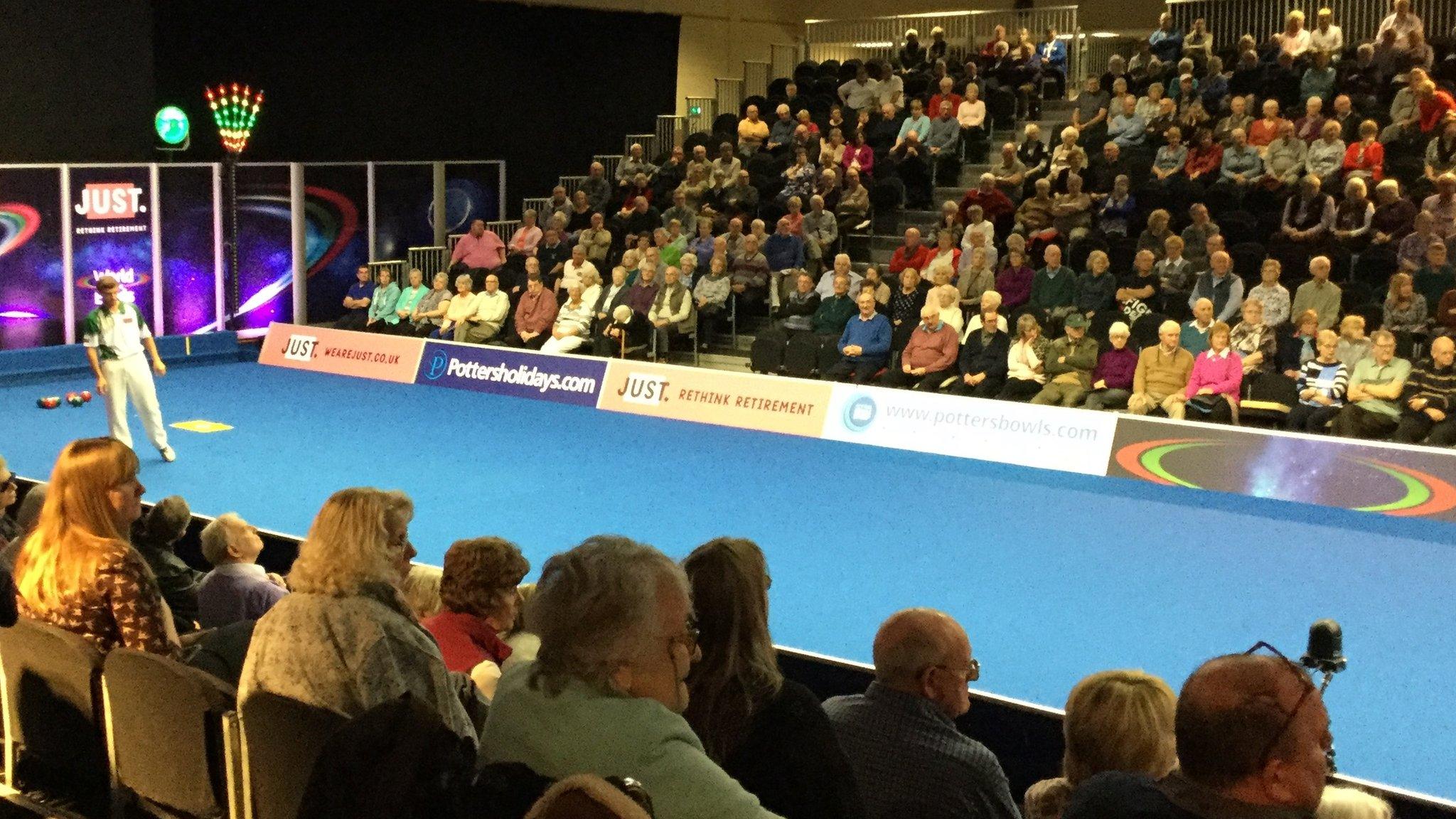Bowl up, bowl up, for the greatest show in Hopton
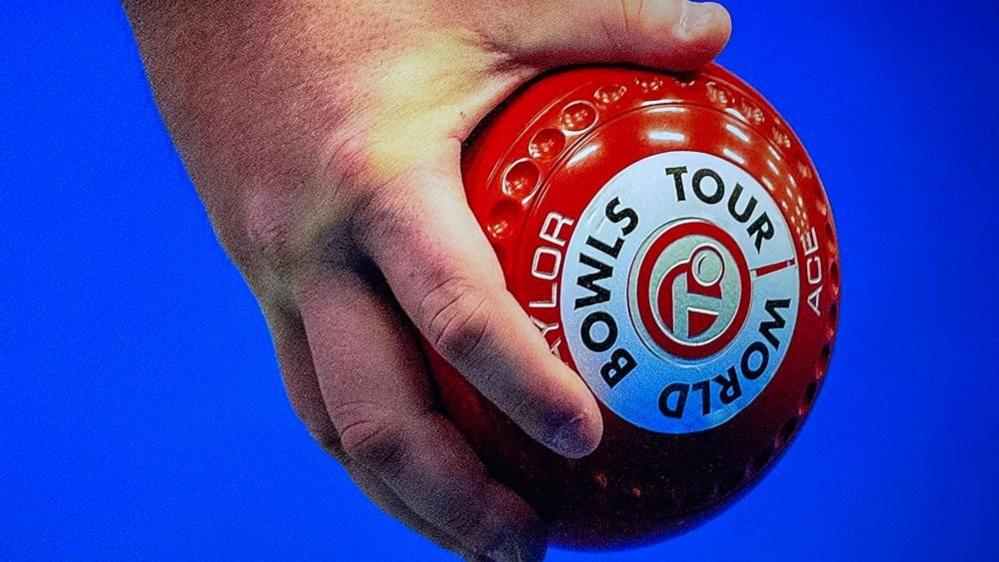
The World Indoor Bowls Championships is staged at the seaside resort village near Great Yarmouth
- Published
Thousands of fans are expected to roll up again for a week-long international sporting event in what originally might have seemed an unlikely seaside setting.
The World Indoor Bowls Championships have been staged at Potters Resorts in Hopton-on-Sea, Norfolk, since 1998.
The 2025 championships has already made headlines as a result of organisers deciding that Israeli players can compete, despite a campaign by pro-Palestinian groups.
In 2000, the art of streaking at major sporting fixtures was rejuvenated when a 22-year-old woman took her clothes off and skipped along the carpet to kiss the world number one.
What is happening and when?
Some of the world's best, external men and women bowlers will compete in singles, pairs and mixed pairs over 10 days.
Long mat matches, external started on Friday and are scheduled to finish on Sunday, 26 January.
Katherine Rednall, from Suffolk, claimed the ladies singles title in 2024 and East Lothian's Stewart Anderson won the men's title a year ago.
Two other bowlers from the East of England - Norfolk's Wayne Willgress, external and Cambridgeshire's Greg Harlow, external - are also hoping to make an impact.
Why Hopton-on-Sea?
The arrival of the world championships in 1999 has made a sizable impact on Hopton-on-Sea, bringing broadband and gas to the wider village, which lies between the coastal towns of Great Yarmouth and Lowestoft.
Previously, the event had been held in London, Preston and Coatbridge, near Glasgow.
"Brian Potter [son of Potters' founder Herbert] took the idea that it would be great if he spent £3m building a new arena, and could entice the world championships to Hopton-on-Sea, buried away in Norfolk," then World Bowls Tour chief executive Richard Maddieson told the BBC in 2018.
"He took the gamble, built it and then came to us. Norfolk is, shall we say, very hot on bowls.
"You come here into an auditorium we don't have anywhere else, and get up to 1,300 people coming in for the sport."
Brian Potter died in 2014, aged 73, two years after he was appointed MBE for services to tourism.
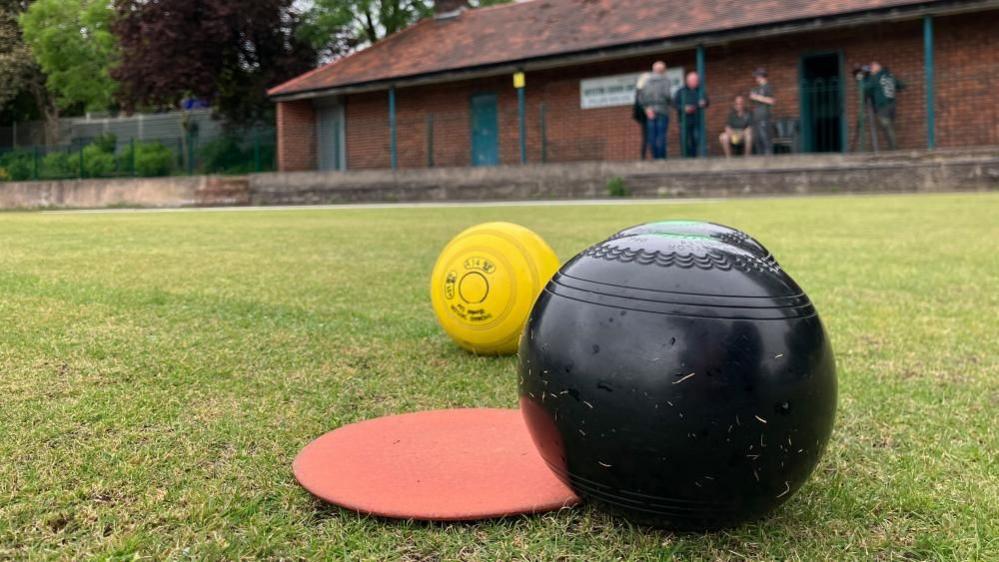
Lawn bowls is played on a quadrangle of grass called a "green", which is divided into lanes called "rinks"
It's not cricket but...
According to Bowls England, external, the "sport of bowls" takes a "minute to learn, but a lifetime to master".
Bowls is played outdoors on grass and indoors on mats. There is more that one version of each game and bowlers play individually and in teams.
Outdoor bowls is played on a square of grass called a "green". The green is divided into lanes called "rinks".
Bowlers play two kinds of "green" - a "flat" green and a "crown" green, external. Bowls are also called woods, though they can be made of other materials and measure 4.75-5.75in (12-14.5cm) in diameter and have a maximum weight of 3.5lb (1.5kg).
Indoor bowlers play long mat and short mat versions. One bowler told the BBC that if bowls was cricket, long mat would be a test match and short mat a 20-20 game.
A game of split ends
Bowls England says newcomers will get "hooked".
"Like boules on the beach or a game of skittles, it'll take you no time to figure out the basic rules," says Bowls England's "getting started", external web page.
"Players take turns to deliver their bowls from a mat at one end of the rink towards a small white target ball, often referred to as the 'jack', situated near the other end," it said.
"The bowls are shaped so that they take a curved path towards the jack, known as the bias.
"The aim of the game is to get your bowls closest to the jack.
"One point is given for each bowl nearer the jack than the nearest bowl of your opponent.
"Each game is split into individual ends."
Bowls England says the delivery action is "based on a fairly natural physical movement".
"Your first shot could be every bit as good as a world champion's," says the guide.
"Once you have got the basic delivery sussed, you'll be hooked on getting consistently close to the jack."
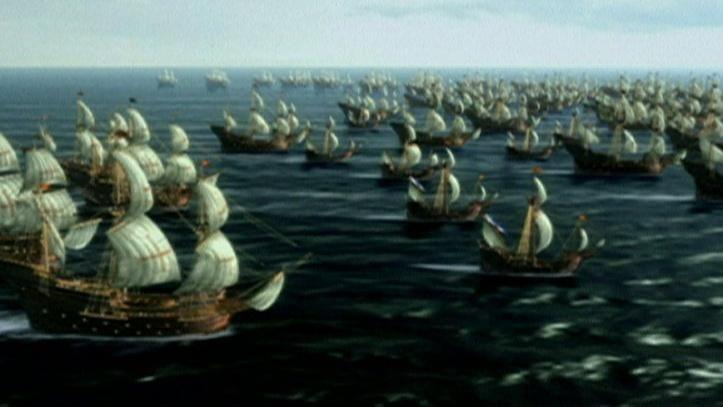
Legend has it that Sir Francis Drake played bowls as the Spanish Armada approached
Bowl like an Egyptian
One bowls club in Hertfordshire outlines the game's history on its website.
"The history of lawn bowling has been traced back as far as Egyptian times, external when ancient objects were discovered in the grave of a child that resembled an earlier form of the game," said Welwyn & District Bowls Club, external.
"It was thought that they would play a game that was similar to what we know as skittles today, with stones that were round."
The club says similar games are played abroad - the Italians play bocce, the French play boules.
"Lawn bowls then spread to England in 1299 where the first recorded game was played in Southampton," added the club.
"It is well known that Sir Francis Drake, external played the game of bowls and legend has it that whilst the Spanish Armada, external were approaching Plymouth Hoe, Sir Walter Raleigh, external and himself were in the middle of bowls game that Sir Francis Drake refused to interrupt.
"Although he did not win his game of bowls, he did however, beat the Spanish Armada."
Fancy a game?
Indoor and outdoor bowls remains popular in Norfolk. Hopton has a club, and many locals play in the Great Yarmouth & District Bowls League, external.
Ian Haylock, 67, a team captain at Gorleston Bowls Club said he had been playing for four decades.
"I play indoor and outdoor," explained Mr Haylock, who was a microelectronics company manager and moved to Norfolk from Abington, Cambridgeshire, after retiring.
"You get hooked once you start and I got hooked."
He said most of his club's members were men and most were "over 60".
"Young people do play - I started young," he added.
"I would say the ratio of men to women in our club is 60:40, and 75% are over 60."
Get in touch
Do you have a story suggestion for Norfolk?
Follow Norfolk news on BBC Sounds, Facebook, external, Instagram, external and X, external.
Related topics
- Attribution
- Published31 December 2024
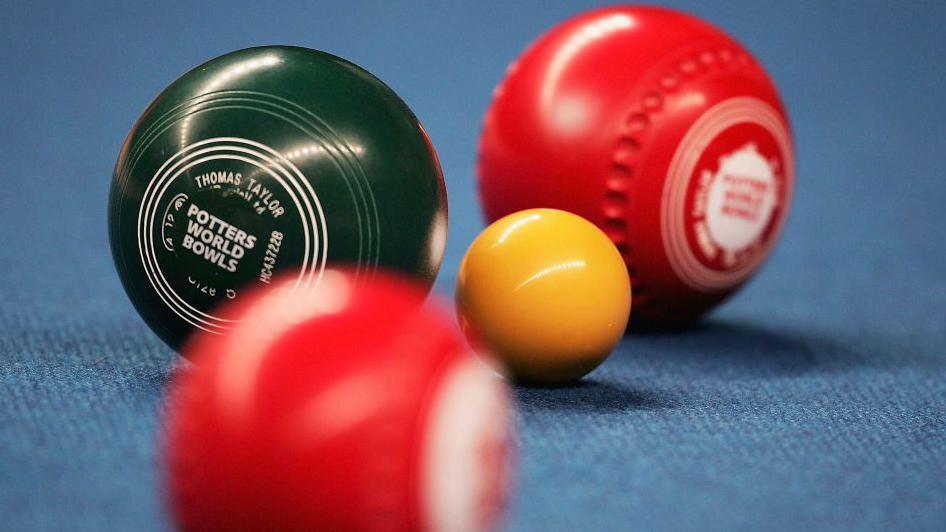
- Published13 January 2023

- Attribution
- Published26 January 2018
